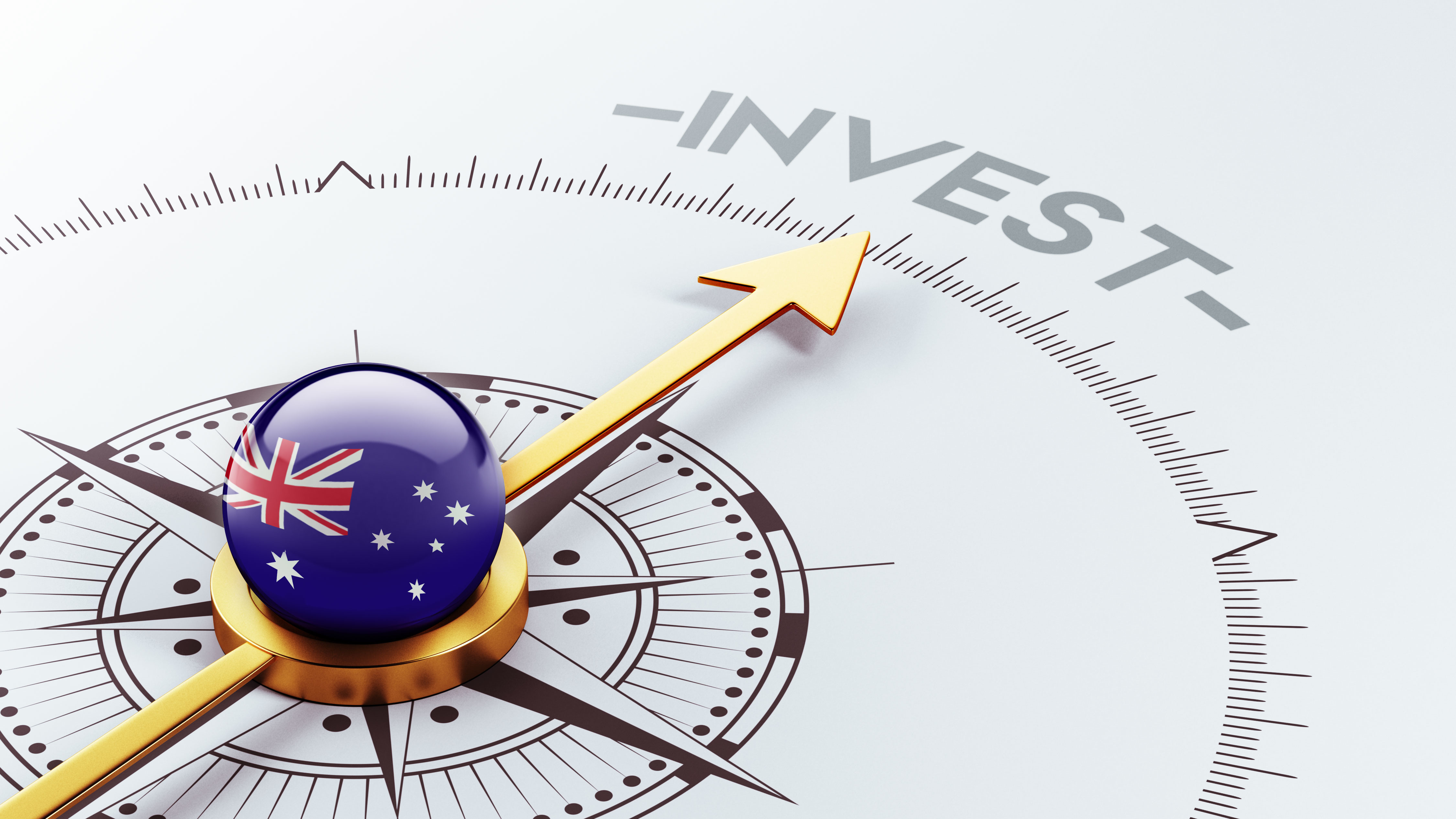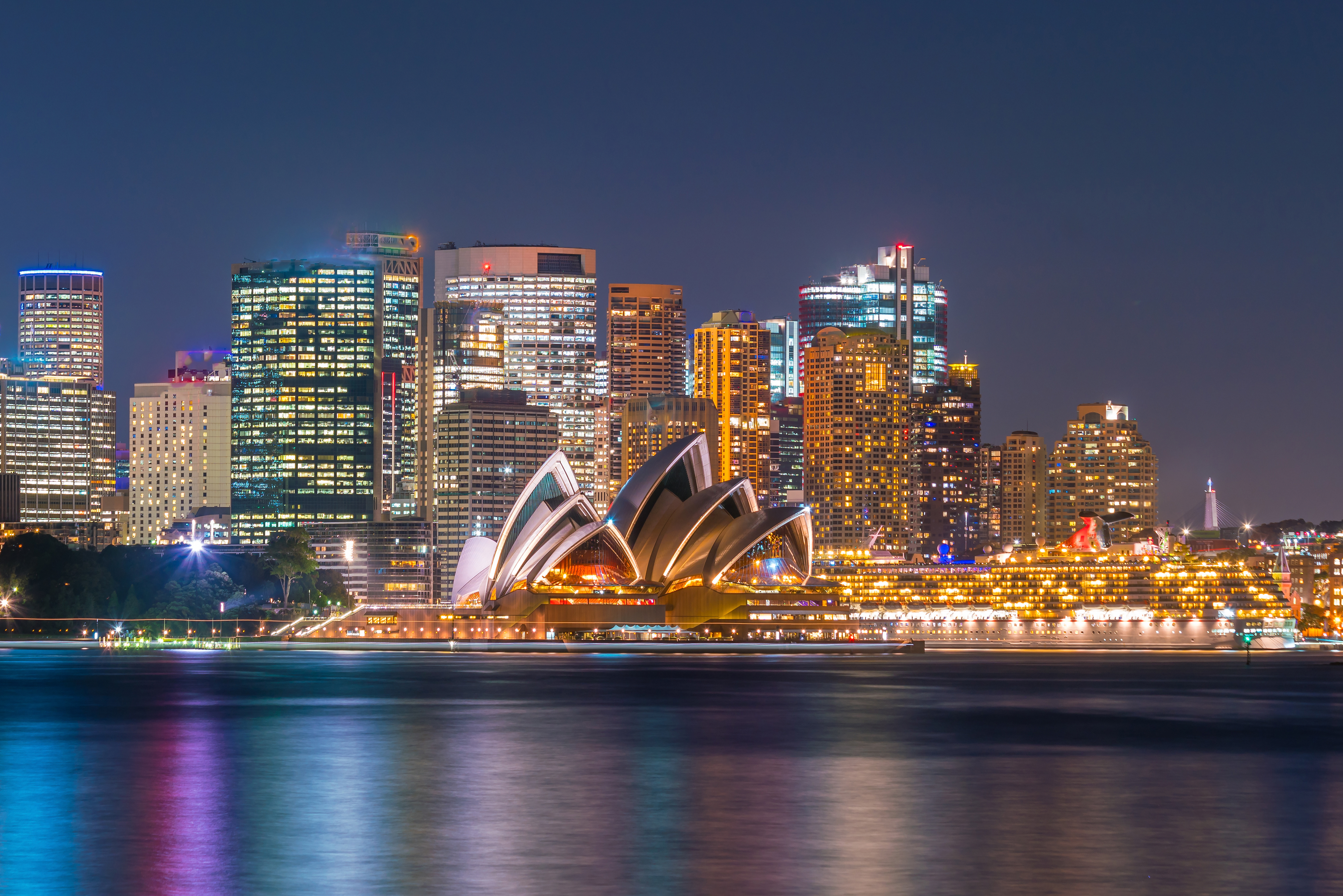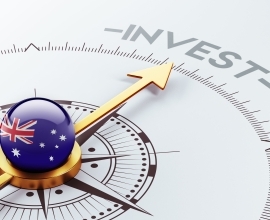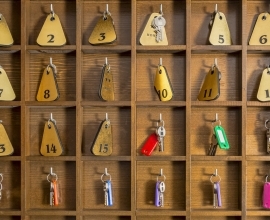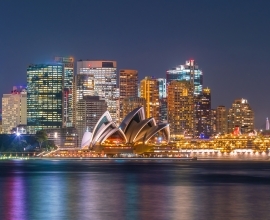The Ascent Of Tourism Industry In Australia

Introduction
Australia is regarded as one of the hottest tourist destinations in the world. There are plenty of reasons why you should visit Australia at least once in your lifetime. Start counting from the diverse landscape, natural wonders, amazing flora and fauna, exotic animals and easy-going culture.
Australia is known as the world’s smallest continent and the largest island. While it is almost the same size as the United States, the population rate can be compared only to the size of New York State. It is home to indigenous Australians who are descendants of the oldest culture known and a melting pot to a diverse multicultural population. Australia attracts the city goers and the wild and adventurous tourists alike with its beautiful beaches, rain forests, snowy mountains, deserts and world heritage expanse of lands. It is also a haven for scientists having the oldest geological features in the world.
With everything to offer, the Australian government takes special initiative to highlight the attractions of the tourism industry. ‘There’s nothing like Australia’ is a global marketing campaign to highlight some of the best tourist attractions and experiences and culinary. All these campaigns ultimately open a big door of opportunities for the investors. In this article, we will explore:
- Why tourists prefer Australia as their favourite holiday spot
- What the Australian tourism industry has to offer
- The impact of the tourism industry and the available options for investors
Australia as a tourist destination
The entire country of Australia, starting from the urban landscape to the wild nature and the deserts, is magnificent and fascinating. We will feature some of the most popular attractions below.
Sydney Harbour and the Opera House
This unique structure is one of the greatest architectural structures in the world. Shaped like huge shells, this stunning building is surrounded by water on three sides and the Royal Botanical Gardens to the south. There are other famous tourist spots in Sydney, like the historic area of The Rocks, Harbour Highlights cruises, the Marine Aquarium, Jenolan Caves in the Blue Mountains, Bondi Beach and many others.
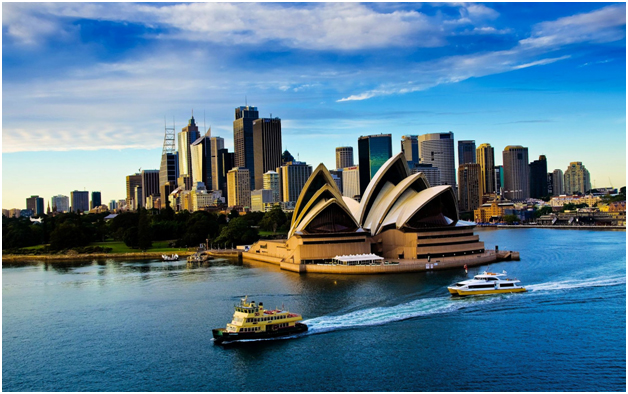
Source: wonderfulengineering.com
The Great Barrier Reef
Spreading across more than 2,000 km (1,240 miles) of mostly exotic coral gardens and rich aquatic life, the reef will catch your attention for sure if you are a diver or a snorkeler. The reef was declared as a marine park by the Australian government in 1975 and was placed in the world heritage list in 1981. You may explore its diverse beauty and grandeur by taking a deep dive in the ocean.

Source: ngm.nationalgeographic.com
Kakadu National Park
Out of the numerous National Parks, Kakadu is incomparable with a mixture of indigenous flora and fauna along with its classic Aboriginal culture. It is spreading across more than 200 km from the coasts and 100 km from east to west. Kakadu National Park is the habitat to more than 500 Aborigines, rich wildlife and native plants.
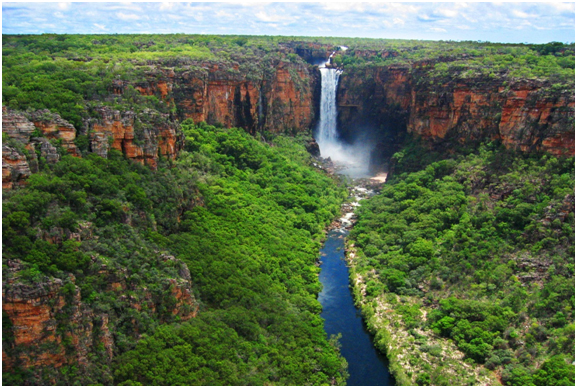
Source: travelbrochures.org
Uluru
Uluru is regarded as the largest monolith rock in the world and it is one of the greatest natural wonders.It is also known as the Ayers Rock and regarded as a sacred site to its Aboriginal custodians.
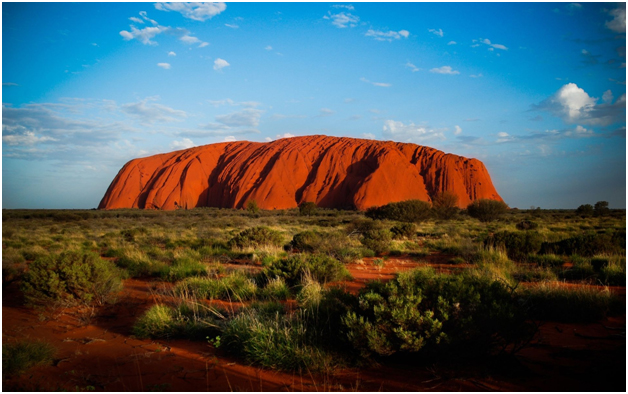
Kangaroo Island
As the name suggests, it is a small place where you can get close to the exotic wildlife of Australia. Apart from kangaroos, you will find wallabies, koalas, echidnas, dolphins, sea lions, penguins, eagles and whales, etc. More than one third of the island is dedicated to national and conservation parks.
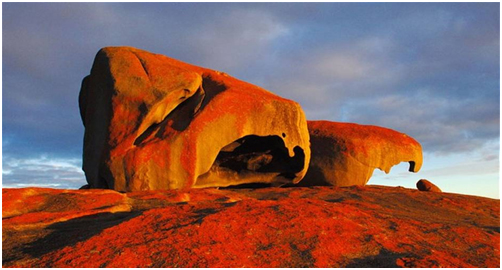
Fraser Island
Fraser Island is regarded as the world’s largest sand island. It is a hidden natural treasure with a lot of endangered species of wild dogs, dingos, wild horses, bats and more than 300 species of birds. It has an exclusive marine life where sharks, dolphins, and whales prowl the waters! The main tourist attraction is the haven like beaches.

Source: australian4wdhire.com.au
Tasmania
Tasmania is the place where nature and wilderness are inseparable. It’s a perfect getaway from the fast urban life. It has a rich cultural history along with spectacular beaches and vast mountains. It is widely known for its wildlife and beauty.

Source: www.discovertasmania.com.au
Perth
Besides its urban nightlife, Perth has a host of attractions to choose from which include the aquatic experience, wildlife, Aboriginal culture and dance. The primary attractions are- Perth Zoo, the Perth Mint, Stirling Gardens, Lake Monger, the Art Gallery of Western Australia, Western Australian Museum, Concert Hall, Cultural Centre, and His Majesty’s Theater.
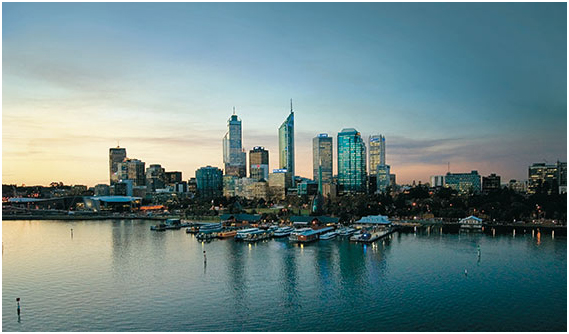
Source: www.greatsouthernrail.com.au
Adelaide
Adelaide is regarded as one of the best planned cities in the world. The city also offers amazing nightlife, national parks and reserves and a lot of sports events. Also an hour journey from Adelaide leads to the Barossa Valley and McLaren Vale wine regions.
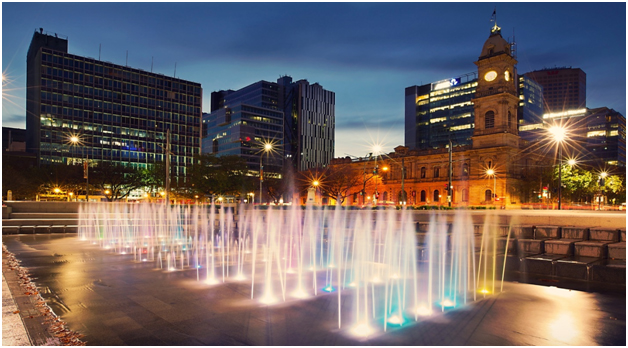
Victoria Square, source: www.adelaideparklands.com.au
Initiatives taken by the Australian Tourism industry
To highlight the best attractions and experiences, the Australian Tourism industry has taken an initiative named ‘There’s nothing like Australia’. It is a global marketing campaign to attract tourists from all over the world. The campaign is expected to stay relevant to its target audience for a long time. The campaign’s focus lies on different topics. In 2014-2015, the campaign focused on Australia’s finest array of culinary expeditions served in some of the most stunning locations in the world. The campaign was primarily focused to showcase the breadth and depth of Australia’s culinary experiences to international markets. In upcoming time, the campaign will spread its focus towards Australia’s world-class aquatic and coastal experiences.
On food and wine
‘Restaurant Australia’ was launched to showcase Australia’s diverse culinary and wine. The campaign has been well received by consumers and partners. It will continue to explore the culinary delights across Australia and highlight it through a lot of different promotional activities. They are already using in-market campaign activities such as pop-up restaurants, outdoor consumer events and food trucks, etc. Tourism Australia is also working on a reality TV show with leading chefs to make it more viable to the world media. There are promotions on the internet through a range of tourism websites such as australia.com, australia.cn and social media.
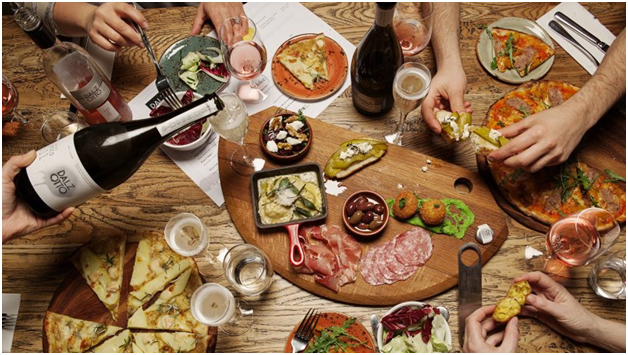
Source: www.aussiespecialist.com
On aquatic and coastal experiences
The Australian Tourism industry has done consumer research across 11 key tourism markets and found that aquatic and coastal experiences are the key drivers to attract visitors to Australia. The surveys suggest that two out of three international visitors love some form of water sport and the beaches. Australia’s exotic marine life and beauty is widely known, but the Tourism Industry has specifically focused on Australia’s aquatic and coastal offerings since early 2016.
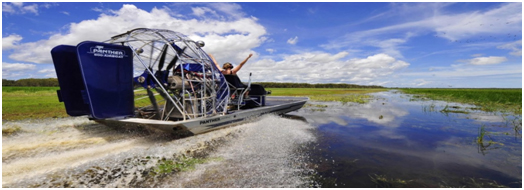
Source: www.australia.com
On high-impact events
The Australian Tourism Department has also taken the initiative to highlight the major events happening throughout the year. These events are one of the major reasons to attract visitors to Australia and the government has plans to work with the event sector, the hospitality sector and the travel sector. This initiative is taken to increase Australia’s reputation as the chosen destination for international events. There will be increased marketing effort for those events that promises to bring long-term yield benefits. Check the link to follow the list of events for the year 2016.
On indigenous tourism
The Australian Tourism Department in association with Austrade has created an inspirational 3 minute movie to showcase the welcoming and contemporary indigenous touring. The movie basically highlights the local food and wine, the beaches and natural landscapes. The film has been directed by Brendan Fletcher and Warwick Thornton, two of the leading filmmakers from Australia. The film was shot in exotic locations around New South Wales, Queensland, Western Australia and Northern Territory. Since its release in July 2015, the tourism department has been promoting it in major events, and social media. source: www.destinationspoint.com
Sources: www.planetware.com
Opportunities for the industry players
The Australian Tourism Department has given the opportunity to the industry players to submit videos, films, or stills that support the campaign via Tourism Australia social channels. They are also regularly updating their social networking channels with the best tricks of the industry players.
Beginning of a whole new era for the investors
The above mentioned initiatives taken by the Australian Tourism Department has opened a new door of opportunities for the investors. According to the latest Tourism Investment Monitor 2015, released by TRA (Tourism Research Australia), the number of projects in Australia’s tourism industry has increased from 139 to 168. A growth of nine percent ($4.3 billion) was recorded in 2013, and that has reached a whopping number of $53.7 billion in 2014. This has directly influenced so many other industries. The aviation infrastructure projects valued at $10.9 billion and new aircraft orders at $20.4 billion. Arts, entertainment and recreation services infrastructure projects were valued at $13.9 billion. The hotel and accommodation projects were valued at $8.5 billion and that calls for a potential number of 15,915 rooms to accommodation supply. These growths have the potential to generate an approximate number of 18,315 new rooms in the future.
To maintain a strong tourist demand, the hospitality industry has evolved itself and embraced the best in the sector. All this translates into investment and returns for an investor,or a potential investor looking for growth and returns with minimum risk. Any investor will find it attractive. A solid and strong on-going tourism brings significant commercial benefits to the economy including employment, additional trade, increased property value, investment confidence and results in maximising returns to the investors.
There was strong investor appetite for Australian tourism opportunities recorded in 2013. Out of 71 new projects, 31 projects were completed in 2014. It is mandatory to improve the quality of Australia’s tourism product to keep the Australian Tourism industry globally competitive.
Tourism 2020 and its implications
The Australian Tourism Department has initiated the Tourism 2020 strategy to focus a major share of its global marketing resources on markets that showcase a great potential to become the reason for tourism growth by the year 2020. It is a rallying call to all the industry players and governments to basically focus on increased return from the tourism industry. The Australian Tourism industry will target the emerging markets with the strongest growth potential and will continue their support towards other important markets. They have already identified the key markets, which will showcase the potential of growth in visitor spend by 2020. The goal of this campaign to achieve more than $115 billion overnight spending by 2020, as compared to $70 billion in 2009. It is an effort to maximise the tourism industry’s contribution to the Australian economy and hence enhance the investment and employment opportunities.
The following data was tracked by The International Visitors survey to figure out the amount of AUD spent by travellers on their trips to Australia.
The markets, which have the potential to be worth over $5 billion by 2020:
- Greater China (China and Hong Kong)
- North America (USA and Canada)
- UK
The markets, which have the potential to be worth over $2.5 billion by 2020:
- New Zealand
- South Korea
- Singapore
- Malaysia
The markets, which have the potential to be worth over $1 billion by 2020:
- Japan
- Indonesia
- India
- Continental Europe
Others
- Brazil
- All other markets
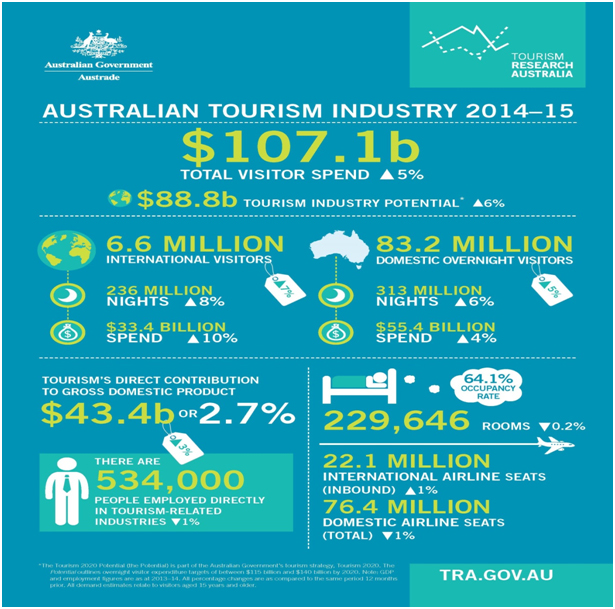
Source: www.tra.gov.au
The tourism industry plays an important role in strengthening Australia’s economy by adding continuous growth to national income, employment opportunities and international trade.
TOURISM GROSS VALUE (GVA)
In 2013–2014, direct tourism GVA increased from 3.4 percent (or $1.3 billion) to $39.9 billion. The increase in direct GVA was driven by the following tourism industries:
- Education and training—up 7.8 per cent to $2.7 billion
- Cafes, restaurants and takeaway food outlets—up 5.7 per cent to $4.4 billion
- Clubs, pubs, taverns and bars—up 4.9 per cent to $2.5 billion
- Air, water and other transport—up 3.5 per cent to $5.8 billion.
Tourism GVA contributes 2.7 per cent of Australia’s total GVA, which is bigger than GVA from other industries such as Agriculture, Forestry or Fisheries. The total contribution of tourism to national GVA is $82 billion.
Source: http://www.tra.gov.au/
Employment opportunities created by the tourism industry
The Australian tourism industry has the record of employing more people than any other key players of the service industry, that include finance and insurance services, agriculture, mining, forestry and fishing. The tourism export rate became higher than the imports during 2013-2014, for the first time since 2009-2010 (4.1 per cent compared to 3.4 per cent, respectively). In 2013–14, the total number of people employed in the tourism industry is 534,000. An additional number of 391, 100 people were employed in industries related indirectly to the tourism. The total number of combined employment is 925,000. Below are the significant sectors of the tourism industry that reflect the increased number of employees.
- Air, water and other transport—up 2.8 per cent,or 1,000 persons
- Retail trade—up 1.0 per cent, or 1,000 persons
- Travel agency and tour operator services—up 0.9 per cent, or 300 persons
- Education and training—up 0.5 per cent, or 200 persons.
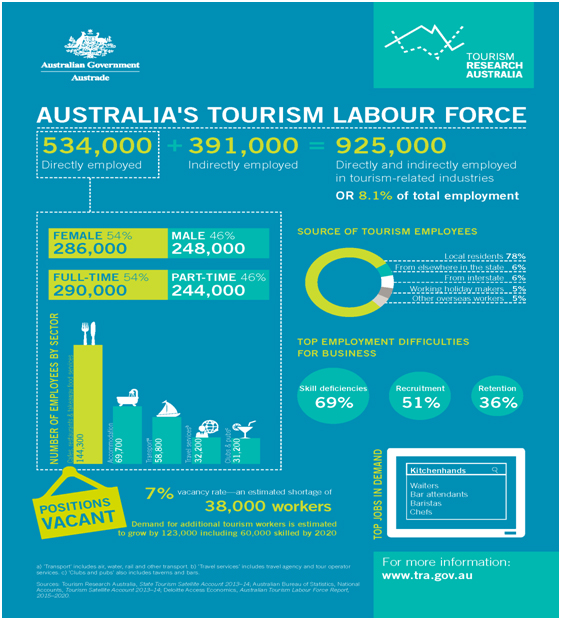
Source: http://www.tra.gov.au/
In June 2013, the tourism businesses in Australia were representing 13 percent of the total 2.1 million businesses in Australia and there were approximate 267,000 businesses related directly or indirectly to the tourism industry. Out of all the tourism businesses, 65% of them were located either in Sydney or a centrally located city and 95 percent of them were micro or SMEs. Also, compared to the city businesses, regionals were employing more employees (61 percent of them employing at least one person).
Impact on other related industries
Accommodation
During 2013-2014, the key accommodation metrics declined due to weak performance in regional Australia.
Room supply
The growth is consistent in most of the capital cities (largest growth in Melbourne, 171 rooms, followed by Sydney, 118 rooms, and Hobart, 90 rooms), while it has shown a much lesser supply in regional cities, like Brisbane, Darwin and Canberra. The strongest regional growth was recorded in Western Australia (up 145 rooms). The data predicts that there is a strong demand for greater room supply in regional cities.
Occupancy rates
Again, major capital cities reflected higher occupancy rates (76.4 percent) as compared to regional cities (64.1 percent).
Accumulated data from accommodation
Overall, it has regionally declined by 2.7 per cent to $3.5 billion, due to decreased room supply in most of the regional states.
Yield
There is a decline of 2.5 per cent to $78 per available room/night in regional Australia, and increased 0.6 percent to $138 across capital cities.
The above mentioned data clearly states that the accommodation metrics would reach a saturation point in the capital cities due to over occupancy, while the regional market is still at the amateur state with a lot of open opportunities to invest.
Image source: www.tra.gov.au
Aviation
International
The primary reason behind the increasing demand for international aviation services in Australia is the demand of travel to Australia. The growth is continuous yet slowing down on 2014-2015. The capacity growth has slowed (from 8.0 per cent in 2013–14 to 1.3 per cent in 2014–15), but inbound seat utilisation has increased to 79.5 per cent (up 2.6 percentage points). About 34 percent of all inbound passengers prefer to fly with domestic Australian airlines and out of all these domestic Australian airlines. Jetstar has the highest number of passengers landing (up 277,900 passengers) followed by Virgin Australia (up 67,800 passengers). The Qantas airline saw a decreased number (down 7,300 passengers), a result caused by the decrease in the number of their services from Western Australia to Asia. Consequently, low-cost carriers’ market share of passengers increased through the year to 16.5 per cent (up 1.2 percentage points). More passengers opt for Jetstar, Jetstar Asia and Scoot.
Domestic
For the first time since 2001, the demand for domestic services has declined in 2014-2015. The possible reasons are given below,
- The end of the capacity war between Qantas and Virgin Australia
- Increased average airfare prices across all airlines
- Decreased fuel prices making other types of travel more affordable.
The Investment opportunities and the future at a glance
The year 2014 set a solid pipeline for the investors to invest in projects related to the tourism industry. An additional 71 new projects worth $10.9 billion were in the pipeline and estimated to increase the total value of the tourism investment policy by a net $4.3 billion by the end of the year. This growth reflects the never ending investor appetite for projects relating to the tourism industry in Australia. Out of those 71 projects, 31 (worth $3 billion) saw their completion, which delivered 3,000 new accommodation rooms, three new upgraded aviation facilities and seven new recreation and entertainment facilities. Most of the investment opportunities are strategically located on the capital cities – about 130 (worth $28.8 billion) out of the total 158 projects. Only 28 projects (worth $4.5 billion) are located locally in the smaller cities. This is due to investment in infrastructure to support the 2018 Gold Coast Commonwealth Games. Some of the key regional investment projects are stated below:
- 13 accommodation projects worth $1.5 billion
- 14 arts, recreation and business projects worth $2.6 billion
- One Aviation infrastructure project worth $420 million
Source: http://www.tra.gov.au/
It attracts successful global businesses to establish in the geographical area. Business investment brings international skills, entrepreneurs and employment for the locals. An increase in employment and disposal income impacts positively on the growth of the real estate whether it is residential, commercial or industrial, which ultimately is good for an investor.
Conclusion
Apart from the above mentioned opportunities, there are other opportunities lying ahead, which are not included in the tourism investment pipeline. There are so such mixed-use investment opportunities identified (up by 28 projects), that are valued at approximate $33.6 billion (up $11.9 billion). These new found opportunities have the potential to generate a total number of 18,315 new rooms to accommodation room supply. Tourism 2020 is a national strategy and a partnership initiative taken by the government to accomplish a set of goals listed in the 2020 Tourism Industry ‘Potential’. It has a target to achieve between $115 billion- $140 billion in overnight visitor expenditure, either domestic or international, by 2020.
‘The Potential’ has three different stages- ‘Setting the foundation phase(2011-2014)’,the industry is currently in the ‘seeing the result’ phase (2015-2017) and the final ‘Achieving the Potential(2018-2020) stage.
Today, Australia has established itself as one of the most sought after FIDs (Foreign Investment Destination).


